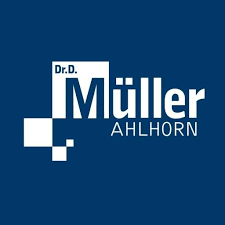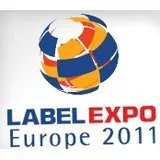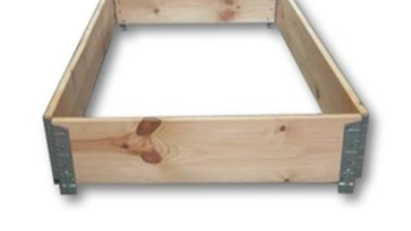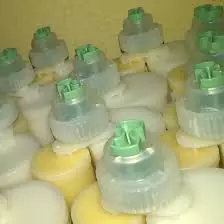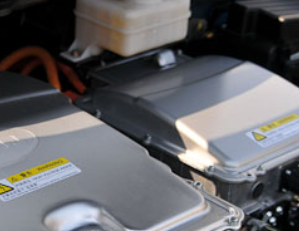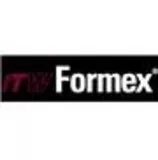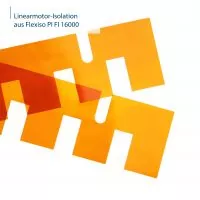Laser cutting of technical films: an overview
Technical films such as polyester film, polyimide film and polycarbonate film are often used in the electronics, medical and automotive industries. Because these foils are often very thin and delicate, it is important that they are cut with great precision to avoid damage.
Laser cutting is one way of cutting technical foils with high precision. In this article we will give an overview of laser cutting of technical foils.
How does laser cutting work?
Laser cutting is a process that uses a laser beam to cut materials. The laser beam is aimed at the material to be cut and creates a very precise cut.
When using lasers to cut technical foils, CO2 lasers are usually used. These types of lasers are capable of very precise cuts and can cut a wide variety of materials due to their high intensity.
What advantages does laser cutting offer?
Laser cutting offers many advantages over traditional cutting techniques such as punching or cutting with knives or scissors. Some of the main advantages are:
- High precision: Because the laser beam can be aimed very precisely, it is possible to cut very complex shapes with high precision.
- No tool wear: Unlike traditional cutting techniques, with laser cutting there is no tool that wears out or needs to be replaced.
- No Material Deformation: Because the laser beam does not physically touch the material, there is no material deformation with laser cutting that can occur with other cutting techniques.
- Fast cutting speeds: Laser cutting is a fast process that allows for high cutting speeds.
Laser cutting of technical films: challenges
While there are many benefits to laser cutting technical films, there are also challenges that need to be considered. Some of these challenges are:
- Material Density: The denser the material, the harder it is to cut with a laser beam. Therefore, some materials may not be able to be cut with lasers.
- Material Thickness: Some types of lasers may not be able to precisely cut very thin foils. It is important to ensure that the type of laser selected is capable of cutting the desired thickness of material.
- Material color: Laser beams are more easily absorbed by dark materials than by light materials. As a result, some dark technical films may be harder to cut than
light foils. - Material surface: If the surface of the engineered film is uneven or uneven, it may be more difficult to cut with a laser beam.
- Material contamination: If the technical film is contaminated, this can affect the cutting process and lead to inaccurate cuts.
- Cost: Laser cutting technical films can be more expensive compared to other cutting techniques.
Applications of laser cutting in technical filmn
Laser cutting is used on technical films in a variety of applications including:
- Manufacture of electronic components: Technical films are often used as insulation material in the electronics industry. Laser cutting is used to cut precise shapes for these components.
- Medical Devices: Technical films are also used in the medical industry for various applications including implants and medical devices. Laser cutting is used here to make precise cuts for these applications.
- Automotive industry: Technical films are also used in the automotive industry for various applications, including as insulation material. Laser cutting is used here to cut precise shapes for these applications.
Conclusion
Laser cutting of technical films offers many advantages over conventional cutting techniques. It enables very precise cuts, has no tool wear, no material deformation and enables high cutting speeds. However, there are also challenges that need to be considered when using lasers to cut technical foils. Overall, laser cutting is an effective and precise method of manufacturing technical films used in a wide range of industries.
